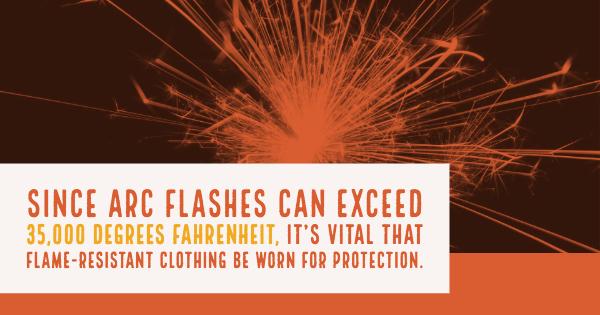
Clean rooms are used in a variety of fields, though they are absolutely vital when it comes to medicine. By eliminating every possibility of contamination -- whether it be biological, chemical, or physical in nature --, scientists and researchers can guarantee that their work (and the people who depend upon it) is untainted. From drug development to manufacturing, every step of the process must abide by strict clean room standards.
Though there are many different clean room standards (including the care and use of fume hoods) that should be met, this article is going to focus on the four main characteristics that clean room clothing should follow. Let's take a look.
- Non-linting material: Regular clothing is full of small fibers that occasionally fall loose. While this is not a problem in normal life, these minuscule fibers can damage delicate machinery; clothing that is lint-free does not experience the same problem.
- Resistance to arc flashes: If the threat of an electrical arc flash is present, OSHA requires employees to wear clothing that won't immediately catch on fire in the event they come into contact with it. Since arc flashes can exceed 35,000 degrees Fahrenheit, it's vital that flame-resistant clothing be worn for protection.
- Anti-static carbon fibers: In oxygen-rich environments, even something as small as the shock from static electricity can pose a threat. Additionally, very sensitive electronic equipment can be damaged by static shocks, even those that cannot be detected by human beings. Anti-static or electrostatic discharge (ESD) clothing reduces this risk.
- High-density fabric: In a very simple way, thick, high-density fabric prevents corrosive liquids and heat from harming any lab technicians or scientists.
The risks are simply too high to chance skipping a single step in the interest of saving time. In 2012, 48 people died when a pharmacy in the northeast failed to commit to clean room standards and accidentally infected a common prescription drug with fungal meningitis; in 2008, a staff researcher died after being burned because she was not wearing lab attire and was handling a chemical that ignites spontaneously in air.
Whether you're dealing with radiolabeled compounds, ICN radiochemicals, or sensitive drugs, you should always be wearing gear that follows the above design characteristics. Otherwise, you -- or dozens of people you've never met -- may suffer the consequences.
